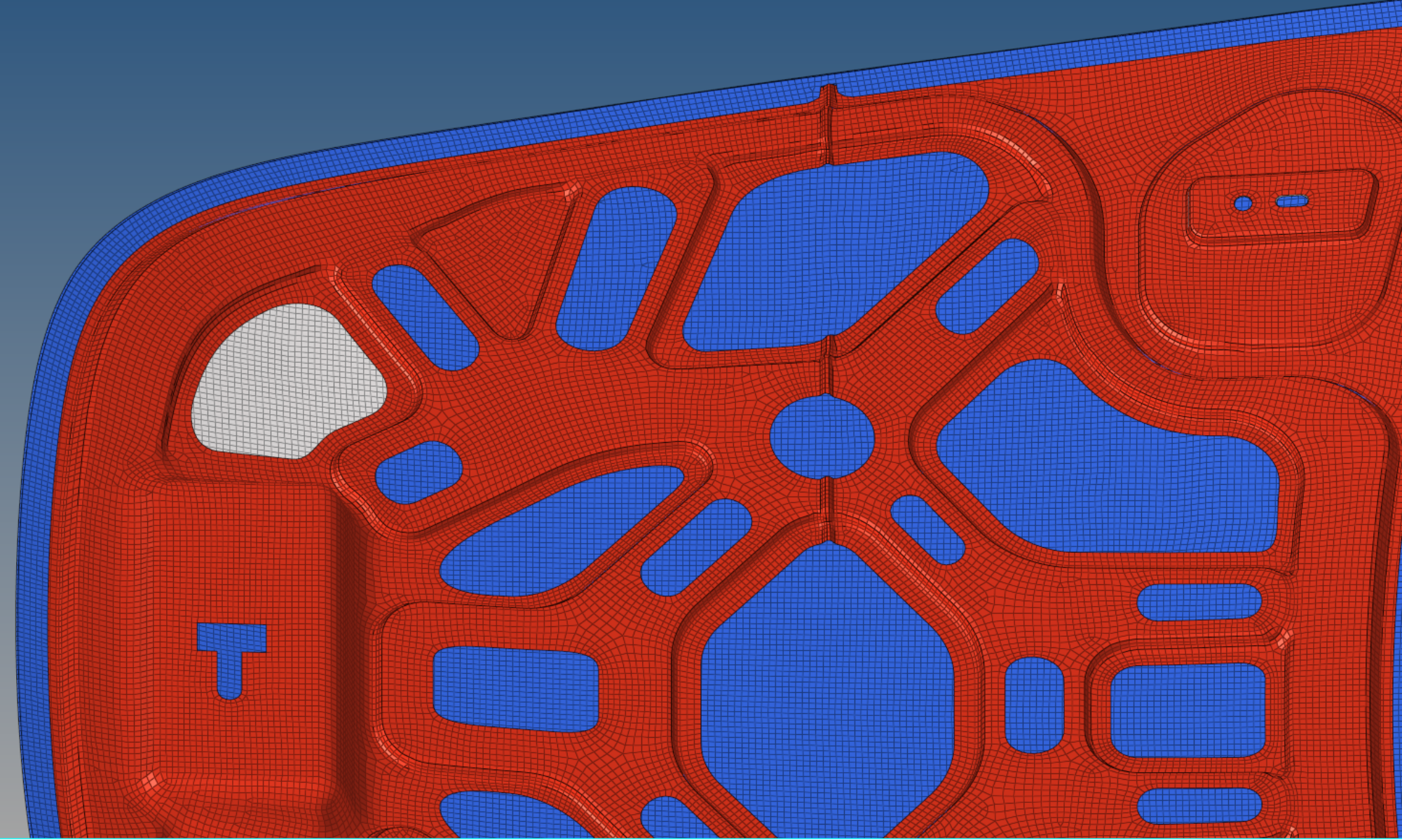Overview:-
This is an investigation to understand the modal characteristics of an aircraft wing from the analytical perspective and to draw comparison with a 3D discrete element method of analysis.
The problem at hand was to determine Natural vibration frequencies for the first three modes that the Airbus A380-800's wing would undergo assuming free-vibration conditions. There are several simplifications that were assumed to exist in-order to depict free-vibration conditions truely. A true aircraft wing is a complex structure with several ribs and spars running along the length of the wing. Also, there are strainers, actuation motors for flaps, and fuel containments that lie within a hollow wing. Hence, for this analysis, we have assumed a 3D solid wing with equivalent weight as that of an A380's wing.
The 3D CAD model was built in SolidWorks and Finite element discretization done in ANSYS.
Analysis methods adopted:-
- 3D model discretization & Finite Element analysis - Uses Ansys Modal analysis where the wing is segmented into several discrete tetrahedral elements. This method is based on Euler-Bernoulli beam theory and maps frequency as a function of 'EI(x)' - the flexural rigidity of the member. The boundary conditions in the model are that of a cantilevered beam (fixed-free). The mode shape characteristic of this model can be obtained by forming Modal Result report which will tell us the frequency at each mode and whether that mode is a Linear or Torsional mode.
- Analytical technique based on Rayleigh-Ritz assumption method - This is a mathematical replication of the wing structure model which uses variational calculus. This method uses Potential and Kinetic Energy along with Euler-Bernoulli beam theory to form the governing equation of motion for the overall structure. The generalized coordinate used in the equation of motion is the vibrational displacement amplitude which again is represented in terms of distributed parameters 'x' & 't'. This distributed parameters are expressed in form of a trial shape functions, superimposing which we can ensure that the frequency results will converge to true value. From the equation of motion, the frequency can be related by root of the ratio of stiffness over mass of the structure. A MATLAB program was developed to perform the computations.
Results:-
The results from the two methods were accurate in predicting the 1st mode frequency value. The other two modes were overpredicted and the solution convergence happened after a great length of time. This overprediction can be due to the fact that several simplification in the geometry cross-section were made because of which appropriate boundary conditions could not be defined accurately at the start of the analysis.




